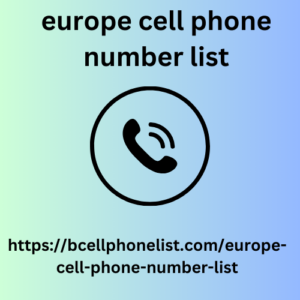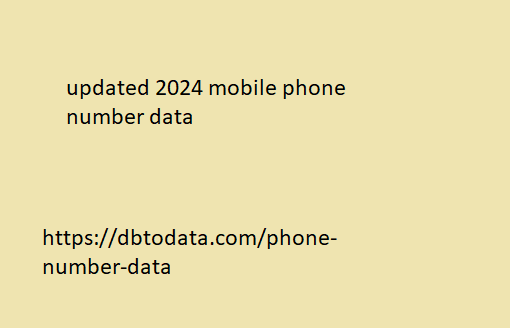For example, a customer who starts their journey on a brand’s website should be able to easily switch to a mobile app and continue shopping without any interruptions.
People should have access to the same product information, promotions, and personalized recommendations across both channels.
Additionally, a seamless experience extends to after-sales service. Customers should be able to easily track their orders, make returns or exchanges, and receive support through their preferred channel, whether that’s a website, a physical store, or a help desk.
By focusing on these key components, you can develop an omnichannel marketing strategy that will not only meet customer expectations, but also increase customer satisfaction, loyalty, and ultimately drive business growth.
Creating a unified buyer’s journey
Creating a unified customer journey is one of the main goals of an omnichannel marketing strategy. It involves combining online and offline channels to eliminate all friction points and create a seamless experience.
But what exactly does it mean to unify the customer journey?
It’s not just being present europe cell phone number list in online and offline channels. It’s understanding the entire customer journey – from the moment they learn about your brand to the final purchase and even after-sales service.
It is necessary to identify all touchpoints and make every interaction with the buyer personalized and meaningful.
Customer Journey Mapping
Journey mapping involves understanding the various andao hiresaka momba ny fahatakarako ny mpampiasa izay mindrana vola steps a customer goes through when interacting with a company. Throughout these stages—including awareness, consideration and evaluation, and ultimately purchase and after-sales service—you need to identify touchpoints and create a personalized experience.
For example, in the awareness stage, a customer may be introduced to your brand through a social media ad or a blog post. It is important znb directory to provide the person with valuable content that will educate and engage them, building interest and trust in your brand.
When a consumer moves to the consideration and evaluation stage, they may visit a company’s website to learn more about the products or services. This is a good opportunity to provide them with detailed information, customer reviews, and even personalized recommendations based on previous purchases or browsing history.






